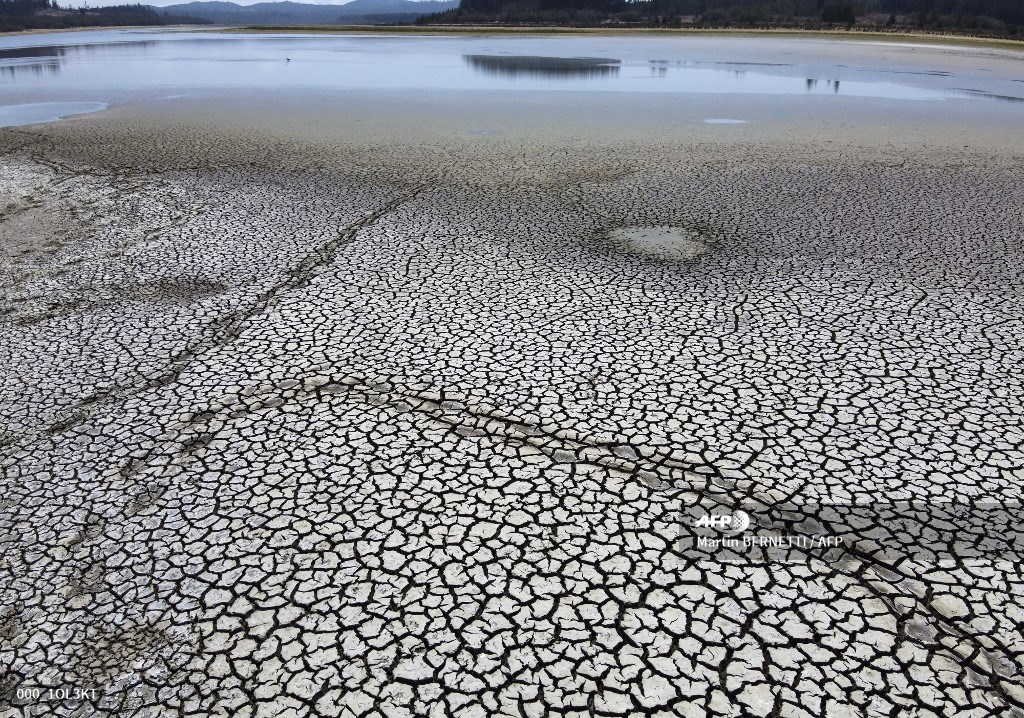Severe drought in the Central region of Chile is entering its 10th year, setting a record for the longest period of drought in the country. Records made since 1915, when the country began to record data, showed that no droughts lasted longer and that a previous large-scale phenomenon of this magnitude probably occurred more than 1,000 years ago.
Over the past 10 years, rainfall in central Chile has been below normal every year by an average of 20-45 percent, which is an extremely low rate. Around the capital of Santiago (population of 7 million people), the absence of rain was especially serious. Between 2014 and 2019, only 10 to 20 percent of normal precipitation was recorded.
In 2019, in the large Santiago region of Valparaiso, precipitation fell almost 80 percent below the previous record low. In the northern region of Coquimbo, this figure has declined by 90 percent.
The lack of significant rainfall had long-term consequences, especially for farmers. Last year, the Ministry of Agriculture declared agricultural emergencies for more than 50 municipalities, as tens of thousands of farm animals died and many others were in danger. Water supply systems are empty, tanks are drained.
Satellite imagery taken by an operational land surveyor (OLI) on the Landsat-8 satellite indicates a sharp four-year difference in water levels in El ESO, one of Santiago’s main reservoirs.
The first picture was taken in March 2016, when the reservoir contained about 219 million cubic meters of water (7.7 billion cubic feet).
The second shot was taken in March 2020, when the volume plummeted to 99 million cubic meters (3 billion cubic feet) – about 40 percent of the capacity.
Most of the water that reaches the reservoir usually falls in the form of snow on the nearby mountains, which melt in spring and summer, restoring the flows that flow into the reservoir. However, in recent years there is not enough snow to fill the rivers and reservoirs …




















